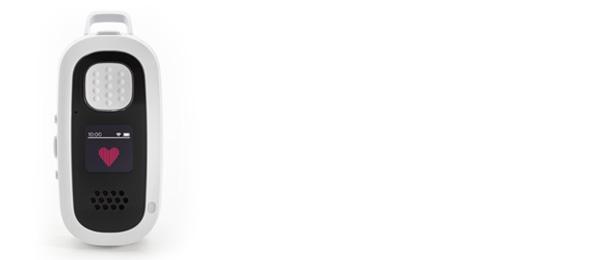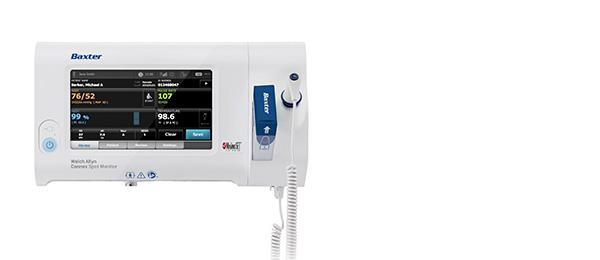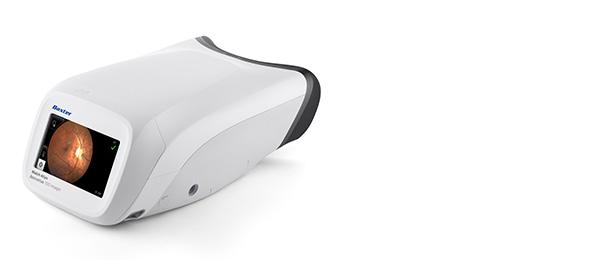Clinical Benefits of Medical Device Connectivity: Four Examples
While we often think of connectivity in the context of healthcare IT, it is equally important from a clinical perspective — if not more so. How can the right connected medical devices help you support clinical initiatives with real-world patient impacts? Our clinical informatics expert shares four examples.

Focus On Falls Prevention
Patient fall risk levels can change quickly in a dynamic care setting. According to the Joint Commission, patient falls have been the leading sentinel event type reviewed since 2019 — with contributors including failure to follow policies (e.g., fall risk assessments) and inadequate staff-to-staff communication during handoffs or transitions of care.1
“Connectivity can help bridge the gap in awareness between a patient in the room and a nurse down the hall,” says Mary Reagan-Zingler BSN, RN, Senior Manager, Enterprise Strategy & Informatics. Medical device connectivity can help support fall prevention efforts and safe mobility protocols in many ways, including:
• Automated fall risk charting, making it easier for clinicians to accurately document patient risk levels quickly and easily — even through voice-activated commands
• Dynamic status boards displaying timely data ranging from patient risk assignments to bed status data (e.g., side rail, bed positions and patient presence in bed)

Document Vital Signs Quickly and Accurately
According to a 2022 report from the U.S. Surgeon General, nurses spend up to 41% of their time on EHRs and documentation.2 Since vital sign checks are frequent tasks for nurses, devices that connect to the EMR can present strong opportunities for time savings and more informed clinical decision-making.
“The safe and efficient care of patients relies heavily on timely and simplified access to patient vital signs,” notes Reagan-Zingler. “Nurses rely on the visibility of vital signs in the EMR to assess trends and make critical clinical decisions, impacting their care and optimizing outcomes.”

Help Minimize Preventable Medication Errors
Today’s infusion pumps can go a long way in helping clinicians prevent medication errors. However, IV infusion continues to be associated with 61% of serious and life-threatening medication errors.3 Connecting smart infusion pumps to the EMR can make it easier to associate the pump with the patient and maximize auto-programming compliance.
“In reality, the majority of medication errors are preventable,” notes Reagan-Zingler. “When we rely on manual processes to ensure the right patient is receiving the right dose of the right medication at the right time, it’s too easy to make a mistake. The more we can turn to connectivity to help clinicians automate those checks in an efficient way, the better off we all are."

Improve Access to Important Health Screenings and Exams
Connectivity matters when delivering care outside the hospital, too. One common example is found in primary care practices helping patients living with diabetes.
Diabetic retinopathy is the leading cause of vision loss in American adults.4 Early diagnosis is important to help reduce the risk of vision loss, but as many as 50% of patients are not having their eyes examined.4 With the right connected solution, primary care providers can conduct the exam, then have the images analyzed remotely by qualified specialists.
“In today's complex health delivery model, more and more patients are seeking care in outpatient settings,” says Reagan-Zingler. “This requires more savvy and cutting-edge diagnostic technology, historically found in the hospital. Device connectivity supports the transferability of critical patient data to the collaborative care team.”

Mary Reagan-Zingler, Sr. Manager Enterprise Strategy & Informatics
Prior to joining Baxter, Mary worked as a Registered Nurse in the ICU, ER and Surgery at the University of Wisconsin for over 23 years. She then spent 14 years at other med tech companies holding positions in clinical sales leadership, health informatics & software, and leading commercial sales education in ventilation.
Redefining Healthcare Delivery With Meaningful Connectivity
We often think of medical device connectivity as an activity that happens behind the scenes. But when connectivity priorities align with clinical initiatives, their impacts can be felt throughout every patient and care team interaction.
Get to know some of our connected solutions, then talk to your Baxter representative to find the support you need for your top clinical initiatives.


